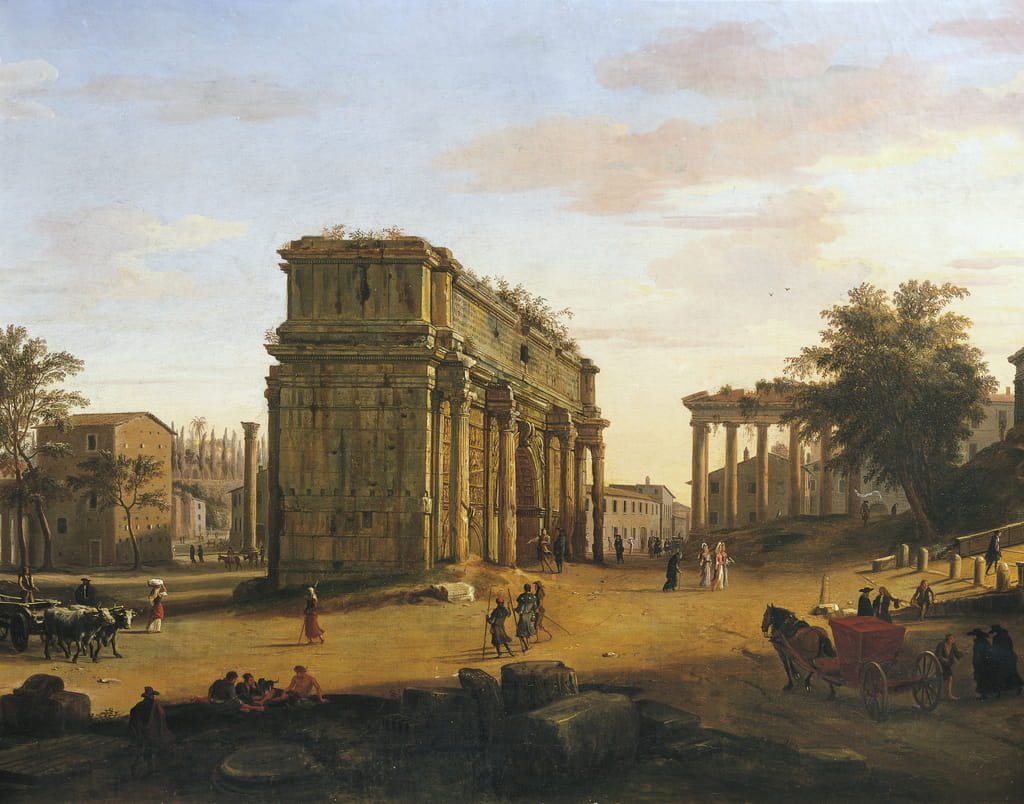The Historia Augusta is a late Roman collection of biographies, written in Latin, of the Roman emperors, their junior colleagues, designated heirs and usurpers from 117 to 284. Supposedly modelled on the similar work of Suetonius, The Twelve Caesars, it presents itself as a compilation of works by six different authors (collectively known as the Scriptores Historiae Augustae), written during the reigns of Diocletian and Constantine I and addressed to those emperors or other important personages in Ancient Rome. The collection, as extant, comprises thirty biographies, most of which contain the life of a single emperor, but some include a group of two or more, grouped together merely because these emperors were either similar or contemporaneous.
The true authorship of the work, its actual date, its reliability and its purpose have long been matters for controversy by historians and scholars ever since Hermann Dessau, in 1889, rejected both the date and the authorship as stated within the manuscript. Major problems include the nature of the sources that it used, and how much of the content is pure fiction. For instance, the collection contains in all about 150 alleged documents, including 68 letters, 60 speeches and proposals to the people or the senate, and 20 senatorial decrees and acclamations.
By the second decade of the 21st century, the consensus supported the position that there was only a single author, who wrote either in the late 4th century or the early 5th century, who was interested in blending contemporary issues (political, religious and social) into the lives of the 3rd century emperors. There is further consensus that the author used the fictitious elements in the work to highlight references to other published works, such as to Cicero and Ammianus Marcellinus, in a complex allegorical game.[2] Despite the conundrums, it is the only continuous account in Latin for much of its period and so is continually being re-evaluated. Modern historians are unwilling to abandon it as a unique source of possible information, despite its obvious untrustworthiness on many levels.
References to Roman Britain from Historia Augusta
The Life of Hadrian, Chapter 10
2 And so, having reformed the army quite in the manner of a monarch, he set out for Britain, and there he corrected many abuses and was the first to construct a wall, eighty miles in length, which was to separate the barbarians from the Romans.
The Life of Antoninus Pius, Chapter 5
3 After his accession to the throne he removed none of the men whom Hadrian had appointed to office, and, indeed, was so steadfast and loyal that he retained good men in the government of provinces for terms of seven and even nine years. He waged a number of wars, but all of them through his legates. For Lollius Urbicus, his legate, overcame the Britons and built a second wall, one of turf after driving back the barbarians.
Septimius Severus, Chapter 16
He built a wall across the island of Britain from sea to sea, and thus made the province secure — the crowning glory of his reign; in recognition thereof he was given the name Britannicus.
